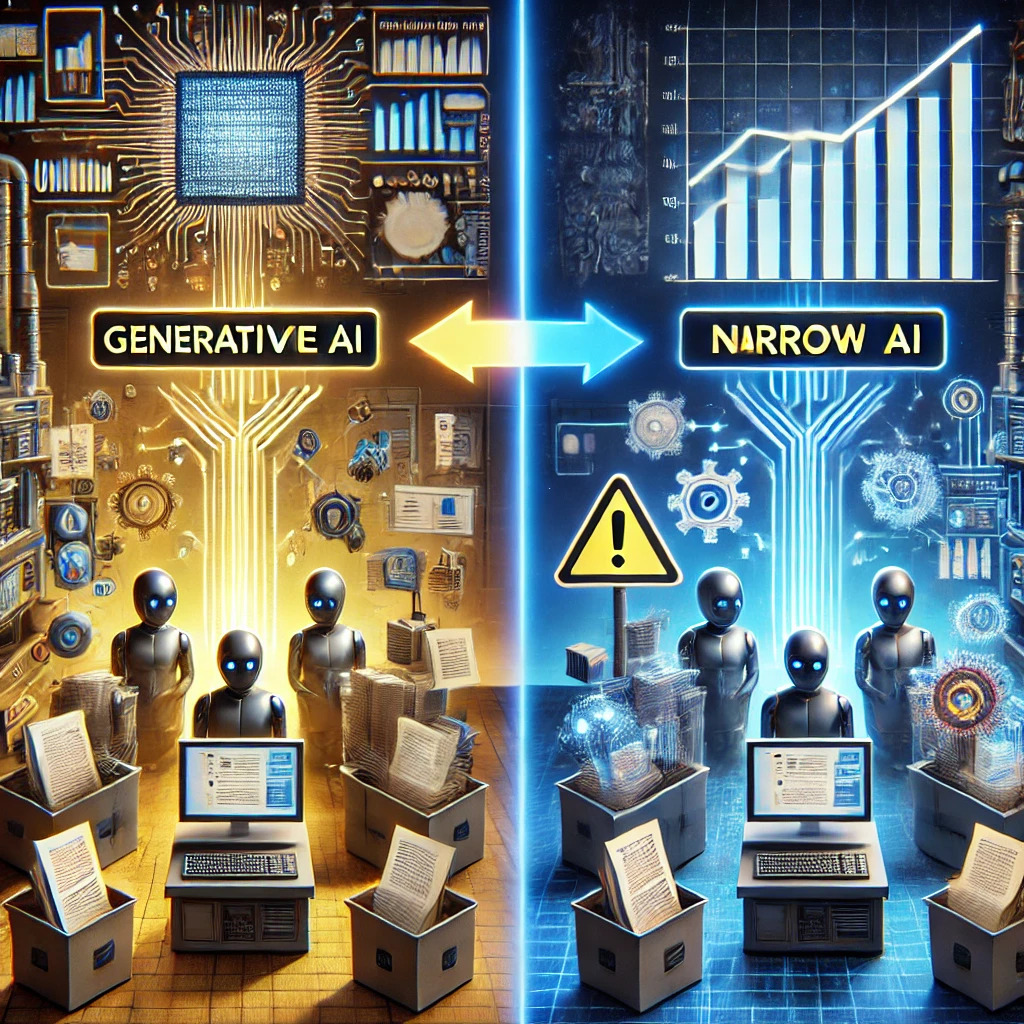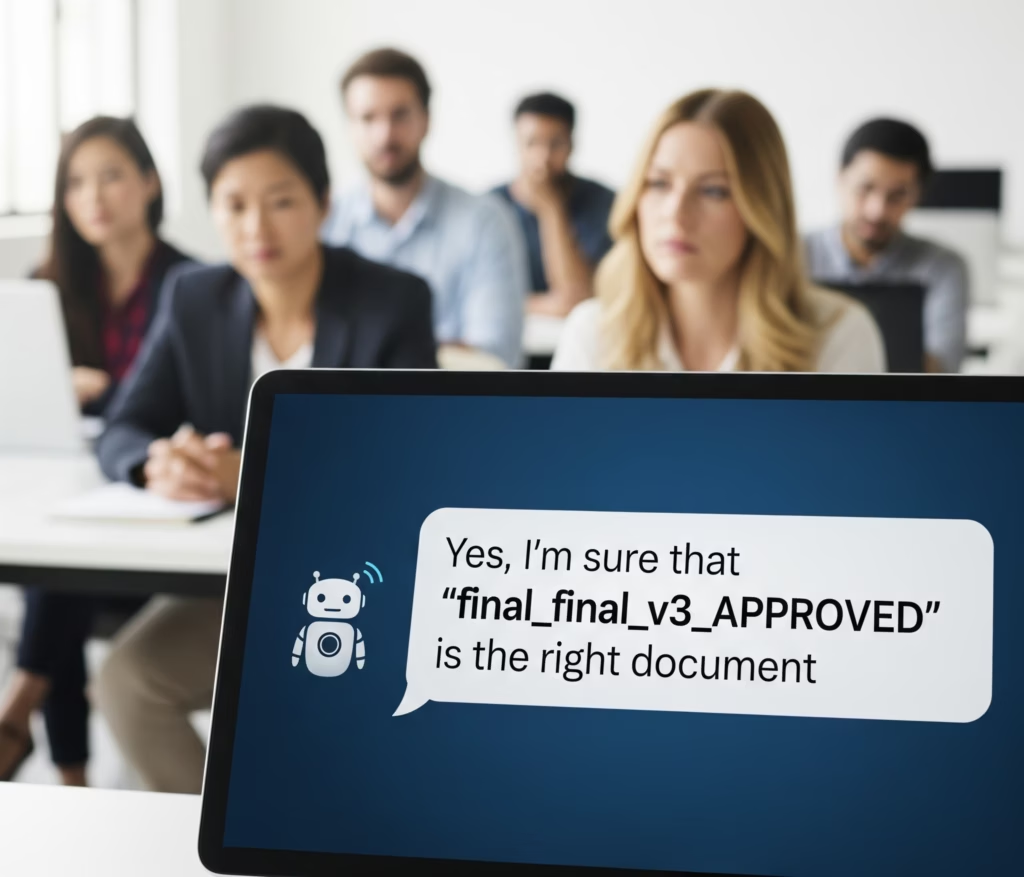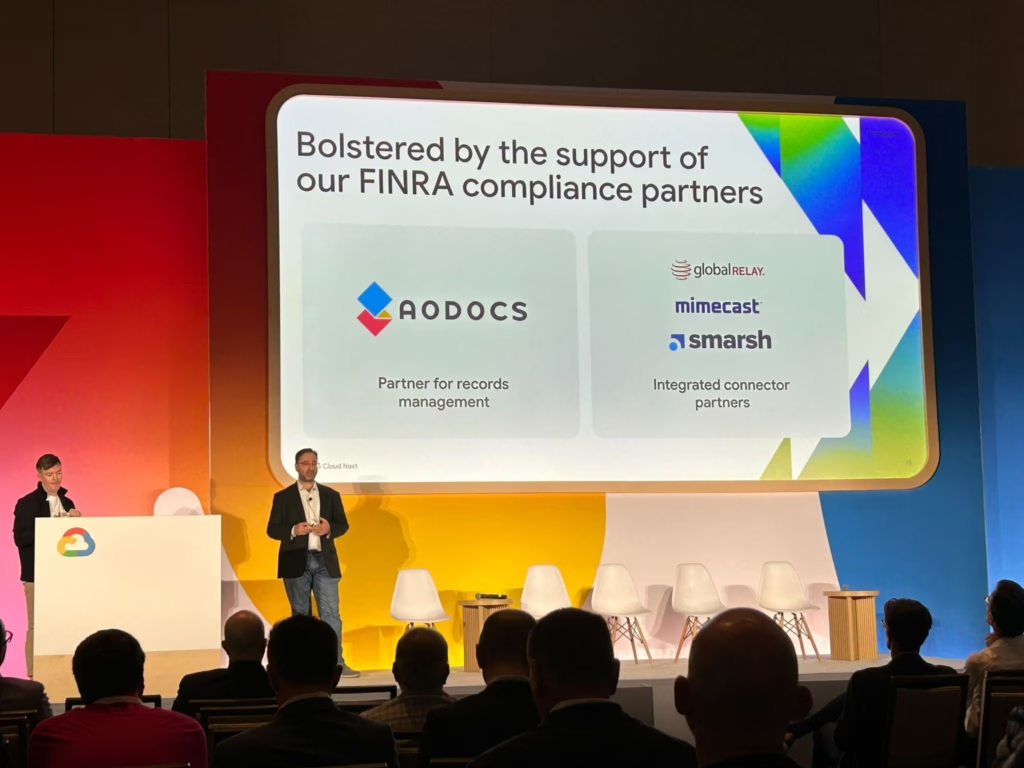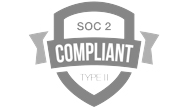AI has always promised more than it could deliver for enterprise Document Management — until now.
Automating manual tasks has been one of the central promises of Document Management solutions since their early days. In that sense, “Artificial intelligence” allowing machines to read unstructured documents is nothing new. In 1965, the IBM 1287 computer processed paper checks and other financial records.
In the 1980s and 1990s, document management systems like IBM FileNet, OpenText Documentum, and OnBase began touting AI capabilities. Early claims were perhaps more geared towards marketing than substance. Features like automated indexing and document classification were depicted as “intelligent.”
As machine learning and natural language processing advanced in the 2000s, such systems became more modern and capable. When generative AI came out with ChatGPT 3, it set a new standard about what a truly generalist AI could achieve. In comparison, pre-generative AI suddenly seemed very limited and “narrow”.
Let’s compare narrow AI and generative AI regarding practical use cases for your business document and enterprise content management.
Narrow AI: High volume of documents / small number of formats
In Document Management, narrow AI usually means using Optical Character Recognition (OCR) technology for automated data extraction.
A clear example is Zonal OCR. It was designed some years ago to parse PDFs and glean relevant information from these documents. To some extent, such a process can help streamline operations and support decision-making processes.
But to achieve this level of performance, there’s a crucial precondition. You must provide the system with manually configured examples and show the OCR where to find each information on the page.
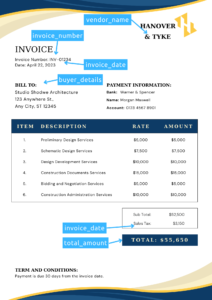
Once you fulfill this time-consuming teaching, your AI can look at large volumes of similar documents corresponding to a small number of well-known formats.
The result is an affordable and repetitive way of processing enterprise content such as tax returns, delivery orders or invoices from your existing providers.
However, it has its limits. Narrow AI won’t work for unknown formats of documents that you haven’t fed it with.
It is akin to a student who cannot learn new stuff on their own and is forever stuck in the same grade. As your business environment accelerates and grows in complexity, this type of AI loses out. It stifles your growth.
Gen AI: Getting the unknown under control
This type of Artificial Intelligence is more like a self-taught autodidact. It can analyze and process content from any format that it is unfamiliar with. Consider, for example, a contract where the information that needs to be extracted is mixed and embedded with the document’s textual content, with no specific formatting that can be “taught” to the tool.
Gen AI can make a big difference in your company’s ability to extract value from information when deployed on the right document and data. It is faster and requires minimal maintenance, thus offering distinct advantages to organizations seeking efficiency and adaptability.
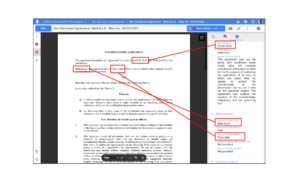
While the cost of processing may be higher with GenAI, introducing new Large Language Models such as GPT4 (from Microsoft-owned OpenAI) and Gemini Flash (by Google) pushes prices down and quality up.
With these developments in mind, you can see why it may make sense for a business to implement Gen AI assistants and chatbots. Those tools can provide reliable answers based on an organization’s controlled information, from insurance claims through RFPs to engineering projects.
Generative AI is more reliable, scalable, and comprehensive than the older and narrower technology. Fast and adaptable, it is easier to align with your security requirements and more user-focused.
Summary
- Until recently, narrow AI might have been a good enough solution if you needed to process documents with well-known formats in volume at a low cost.
- Yet if your inputs were variable, Generative AI would be your best option. As the cost of generative AI rapidly decreases, the optimal way forward might be to deploy generative AI for all use cases.
- As the cost of generative AI rapidly decreases, the optimal way forward, quite soon, might be to deploy generative AI for all use cases.
